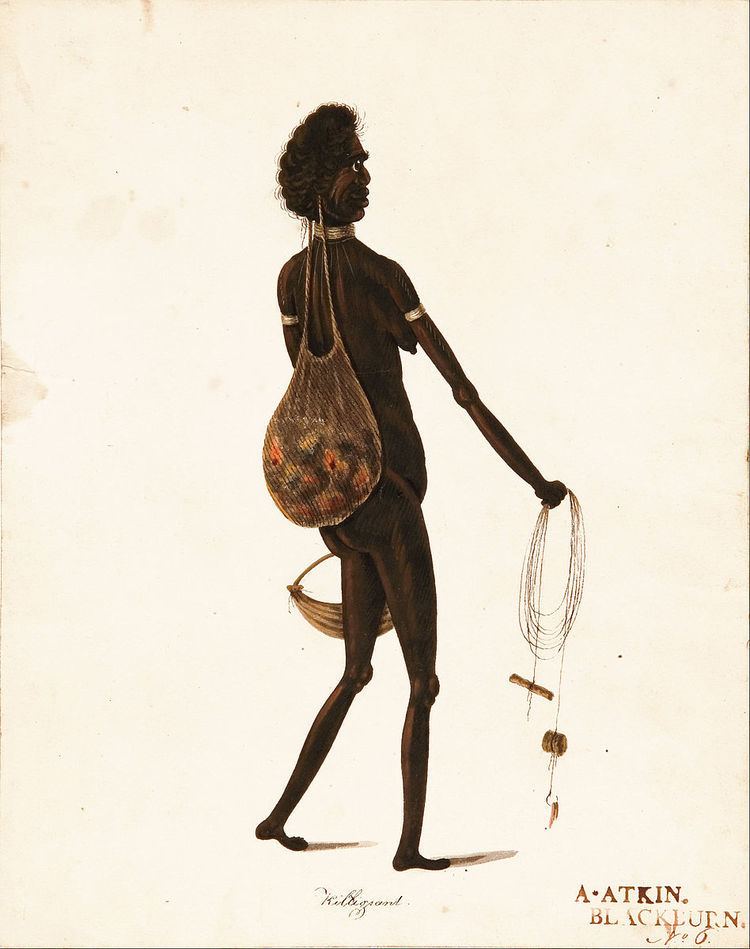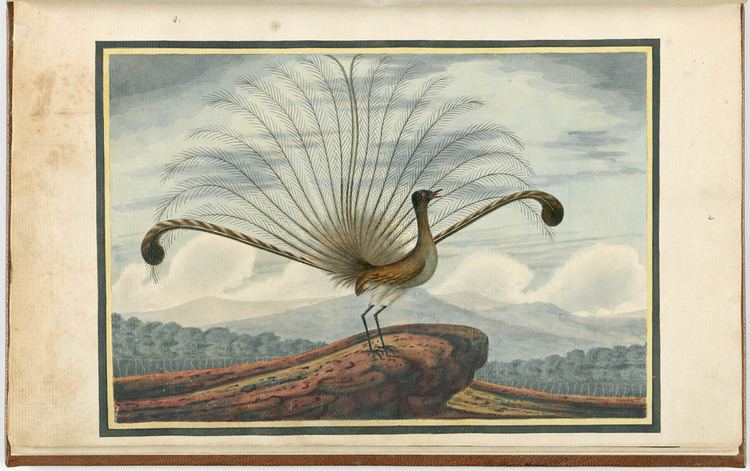Name Richard Browne Role Artist | Died 1824 | |
 | ||
Richard browne runs new world record 200m men blade runners
Richard Browne (1771–1824) was an early Australian convict artist and illustrator who was transported from Ireland to the new colony of New South Wales. After his sentence was completed in Newcastle in 1817 he lived in Sydney selling watercolour illustrations of natural history subjects and of the Aborigines.
Contents
- Richard browne runs new world record 200m men blade runners
- Early life
- Life in New South Wales
- Newcastle
- Sydney
- Career as an artist
- Death
- References

Early life
Richard Browne was born in Dublin in 1771. He was convicted and then transported from Dublin in 1810 possibly for the crime of forgery.
Life in New South Wales
Richard Browne arrived at Sydney in July 1811 in the Providence.
Newcastle
In October 1811 he was sent to Newcastle for committing a second offence and remained there until 1817. During this period he married, or formed a liaison with, a convict named Sarah Coates who had been transported in the Wanstead in 1814. They had at least two daughters who were born in Newcastle: Mary P. (born c.1815) and Eliza (born c.1816.
Sydney
After 1817, Richard Browne spent the rest of his life in Sydney, where he was designated 'free by servitude’.
Career as an artist
In Newcastle, Browne met the commandant of Newcastle Lieutenant Thomas Skottowe. Skottowe was interested in natural history and commissioned Browne to create drawings of his collections to illustrate a manuscript entitled, Select Specimens From Nature of the / Birds Animals &c &c of New South Wales, Collected and Arranged by Thomas Skottowe Esqr. The Drawings By T.R. Browne. N.S.W. Newcastle New South Wales 1813. (held State Library of New South Wales) As with Joseph Lycett, Browne contributed many of the original watercolours for Major James Wallis' An historical account of the Colony of New South Wales which were engraved by Philip Slaeger.
Richard Browne’s most characteristic work belongs the emancipist part of his life between 1817 and 1821. His illustrations from this period focus on the Indigenous peoples of the Sydney area. Several of these are included in A collection of portraits, predominantly of Aborigines of New South Wales and Tasmania, ca. 1817-1849. In these illustrations Browne employed a more exaggerated caricature style which owed much to the silhouette portrait tradition. These illustrations were often sold as souvenirs in Sydney and appear to have reflected the demand of the time.
Death
Richard Browne died in Sydney on 11 January 1824, according to the burial register of St Philip’s Church.
